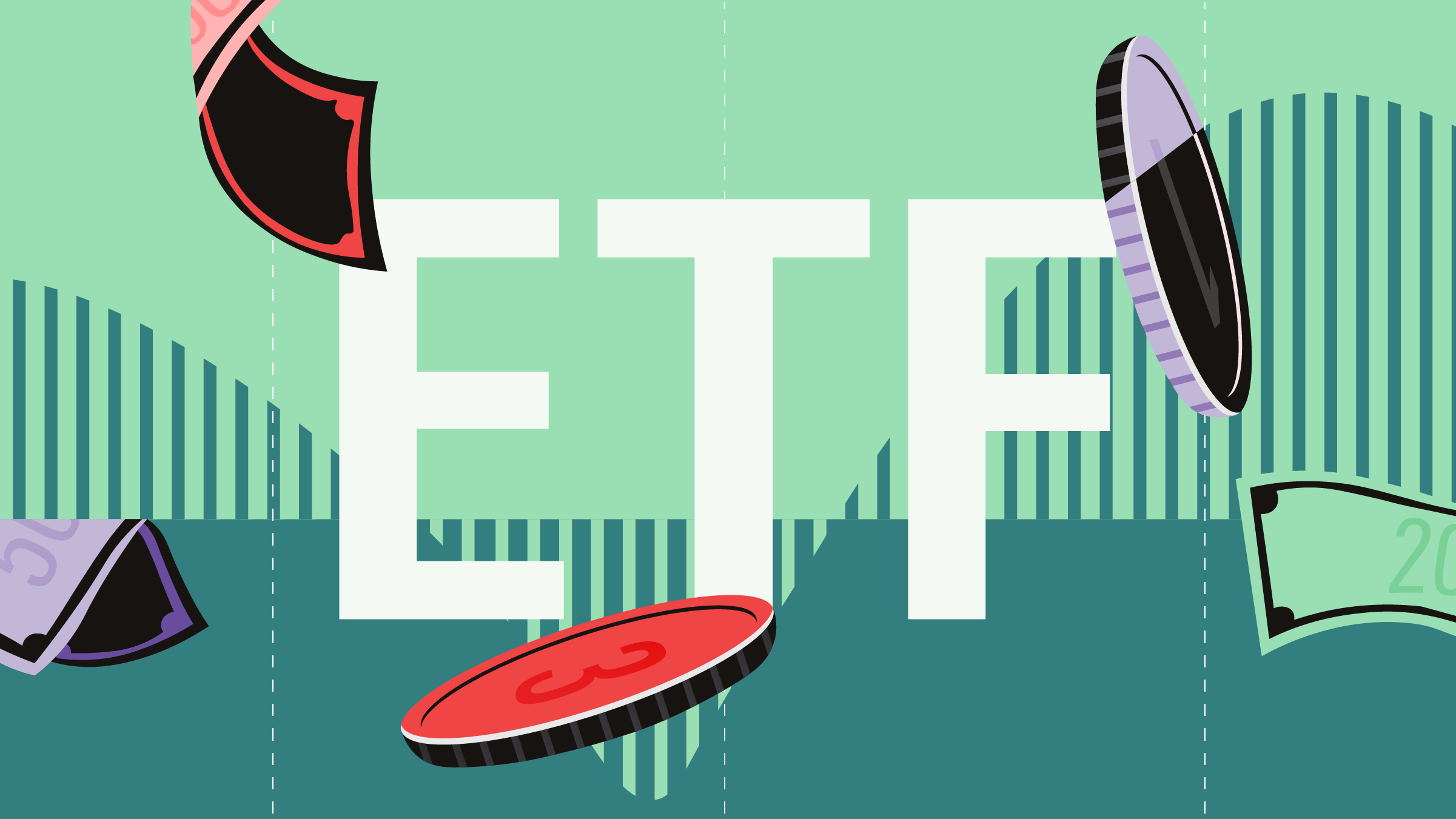Keskustelu eri tyyppisistä etf-rahastoista käy edelleen kuumana. Markkinaosuuttaan ovat menettäneet niin sanotut synteettiset etf-rahastot, joissa indeksin tuotto saadaan pankin kanssa tehdyn swap-sopimuksen kautta. Sijoittajat ovat pelästyneet puheita, joiden mukaan swap-pohjainen etf voisi pankin kaatuessa menettää täysin arvonsa.
Morningstarin etf- ja vaihtoehtoisten sijoitusten johtaja Scott Burns kehottaa tässä videohaastattelussa laittamaan jäitä hattuun. "Sijoittajan ei kannata vältellä swap-pohjaisia etf-rahastoja", Burns toteaa Morningstarin Alanna Petroffille.
Burns muistuttaa, että etf-sijoittajilla on oikeus saada omansa pankin swap-sopimuksen katteeksi antamista vakuuksista, ja kukin sijoittaja olisi oikeutettu saamaan osansa näistä vakuuksista, mikäli pankki menisi konkurssiin. Useat etf-tarjoajat julkaisevat päivittäin tarkat tiedot tallettamistaan vakuuksista. Tiedon tarjontaa on lisännyt julkinen paine.
Swap-pohjaiset etf:t ovat usein kustannuksiltaan halvempia ja niissä on alhaisempi aktiivinen riski (tracking error) kuin fyysisesti monistetuissa salkuissa, mikä on etf:lle vahvuus (synteettiset etf:t siis yleensä seuuraavat indeksiään tarkemmin kuin fyysiset).
Haastattelu purettuna:
Alanna Petroff: Any time that you make an investment, you're going to take on some element of risk and risk was the main theme in Scott Burns' talk when he spoke at the Morningstar 2012 Investment Conference. Scott Burns is head of ETF, alternatives and closed-end fund research at Morningstar and he sat down with me to discuss risk and the different kinds of risks, so: investment risk and counterparty risk. Here is what he had to say.
Scott Burns: So, there is all kinds of risk and I think we've learned a lot of lessons about that. There is your investment risk and that's what I think everybody was very focused on prior to the financial crisis, right. That's whether or not your stock or bond will go up or down, right, whether it appreciate in price, that's investment risk.
But we also have counterparty risk, and I think that's something that we've taken for granted, that we really got our eyes opened to during the 2008-2009 credit crisis: on the other side of every investment, of every financial transaction, as a counterparty. Our faith in our system has been shook a little bit by what is the – are they going to make good on that bet on the other side? That if I buy a derivative from you and I need to cash it in, that you'll still be solvent and you'll still be able to make good on that. So, counterparty risk is something that's very much in focus. Again, risk is very simple; it's whether or not I'm going to get my money.
Petroff: So how does that relate to ETFs exactly?
Burns: Well, you know, ETFs have been in the headlines a lot for the counterparty risk aspect of what's going on, which I think it kind of really deviates away from the investment risk, which is probably much more core to the investing experience. But this counterparty risk has been taking a lot of headlines, a lot of sensationalism about whether or not when you're – if you're talking about synthetic ETF, whether or not the bank backing that swap will still be in existence and what kind of collateral there is behind it or on the physical ETF side, who are the people in a share lending process, who are those shares been lent to and are they good for returning that money? So, counterparty risk has definitely been top of mind in the ETF space.
Petroff: So if you are looking to invest in an ETF, should you just veer away from synthetic ETFs altogether or is there counterparty risk in everything?
Burns: Yeah. I mean, there is counterparty risk in everything and that's a big point of my talk today. You shouldn’t veer away from synthetic ETFs overall. I mean, you should understand what the risks are and you should understand that you are also being compensated for those risks, right.
That perfect tracking is important. Tracking error is a cost when you own an ETF. And then also sizing that risk, right. I think a lot of the sensationalism is created from the view that if your backing bank goes under, you get nothing, right. So that you've got this bimodal experience of, I get my swap return until the day the bank goes under and then I get zero.
Well, that's not true, because they have collateralised these. They are all UCITS funds, there are UCITS collateral requirements. So what really happens is if the bank, God forbid, goes under because we're talking about very large multinational banks here, that would not be good for anything. If they go under, what you would ultimately get is your collateral basket. So understanding what's in the collateral basket is important rather than just taking all this risk and throwing it out the window, because one of the ultimate maxims of finance is ‘risk must equal return’, right. So you're taking all this return and throwing it out the window.
So we want to be careful of that. Same thing with share lending in a physical ETF. We want to understand who those counterparties are, what their share lending practices are and what's the return back to the fund. I'll say it again, that's true for your UCITS mutual funds as well, to the extent that they're practicing share lending.
Alanna Petroff: That was Scott Burns. He is director of ETF closed-end fund and alternatives Research at Morningstar.
















